Find out why Luffy’s character development is more profound than it seems. Examine the significance of his actions and choices.
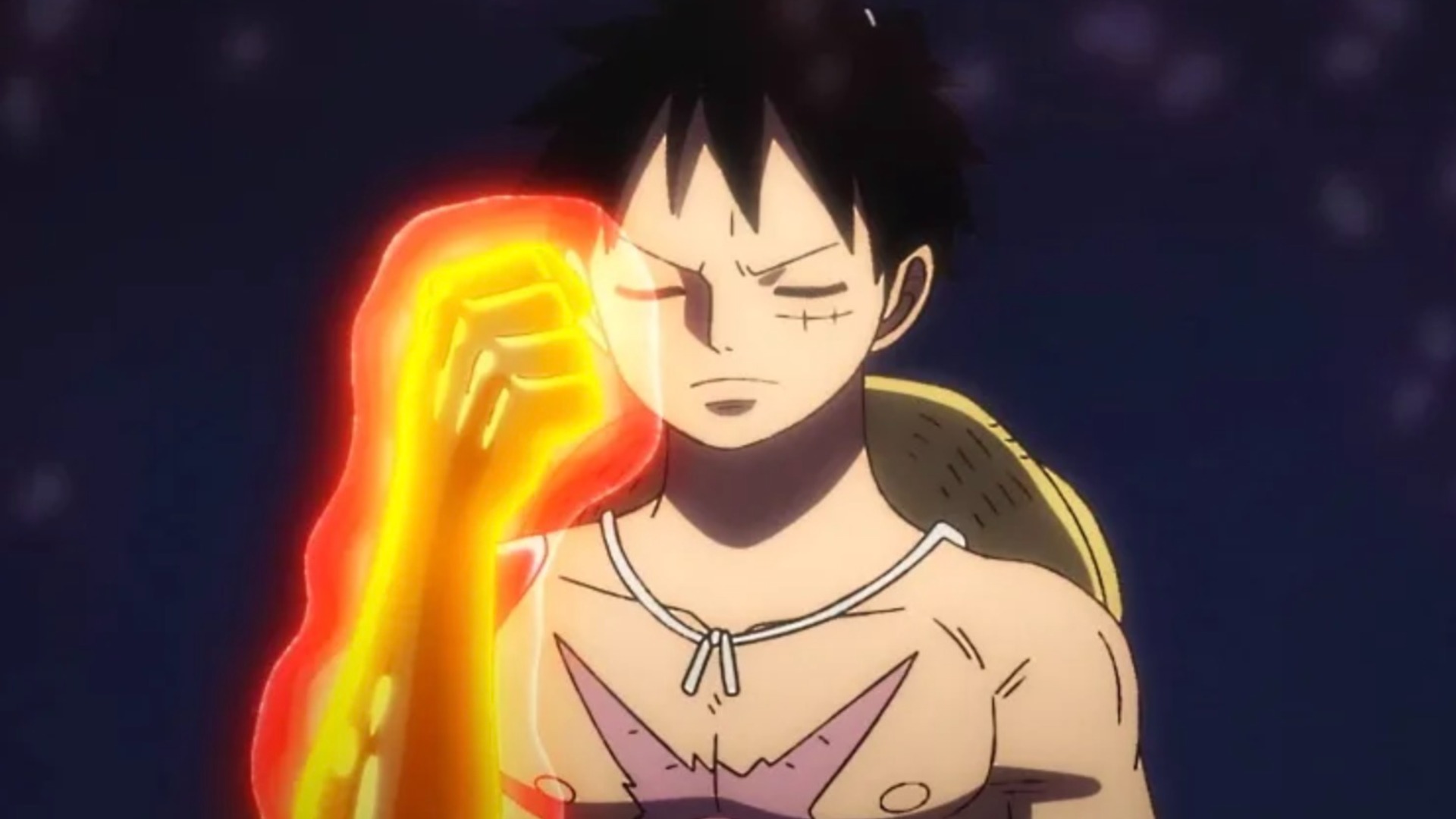
Monkey D. Luffy, the fearless and free-spirited captain of the Straw Hat Pirates, is one of the most iconic protagonists in anime and manga history. Some viewers and readers mistakenly perceive Luffy as a flat character—someone who does not evolve emotionally or philosophically.
However, this assumption overlooks the depth of Luffy’s development. He expresses it not through dramatic inner monologues but through his actions, relationships, and leadership choices. His growth is subtle yet profound. It unfolds in ways that can be easy to miss if one is only looking for traditional character arcs.
In this article, we’ll explore why Luffy initially seems static. We will also examine how he consistently maintains a layered personality and how his true development is reflected through his actions rather than his words.
Why Luffy Appears To Be a Flat Character
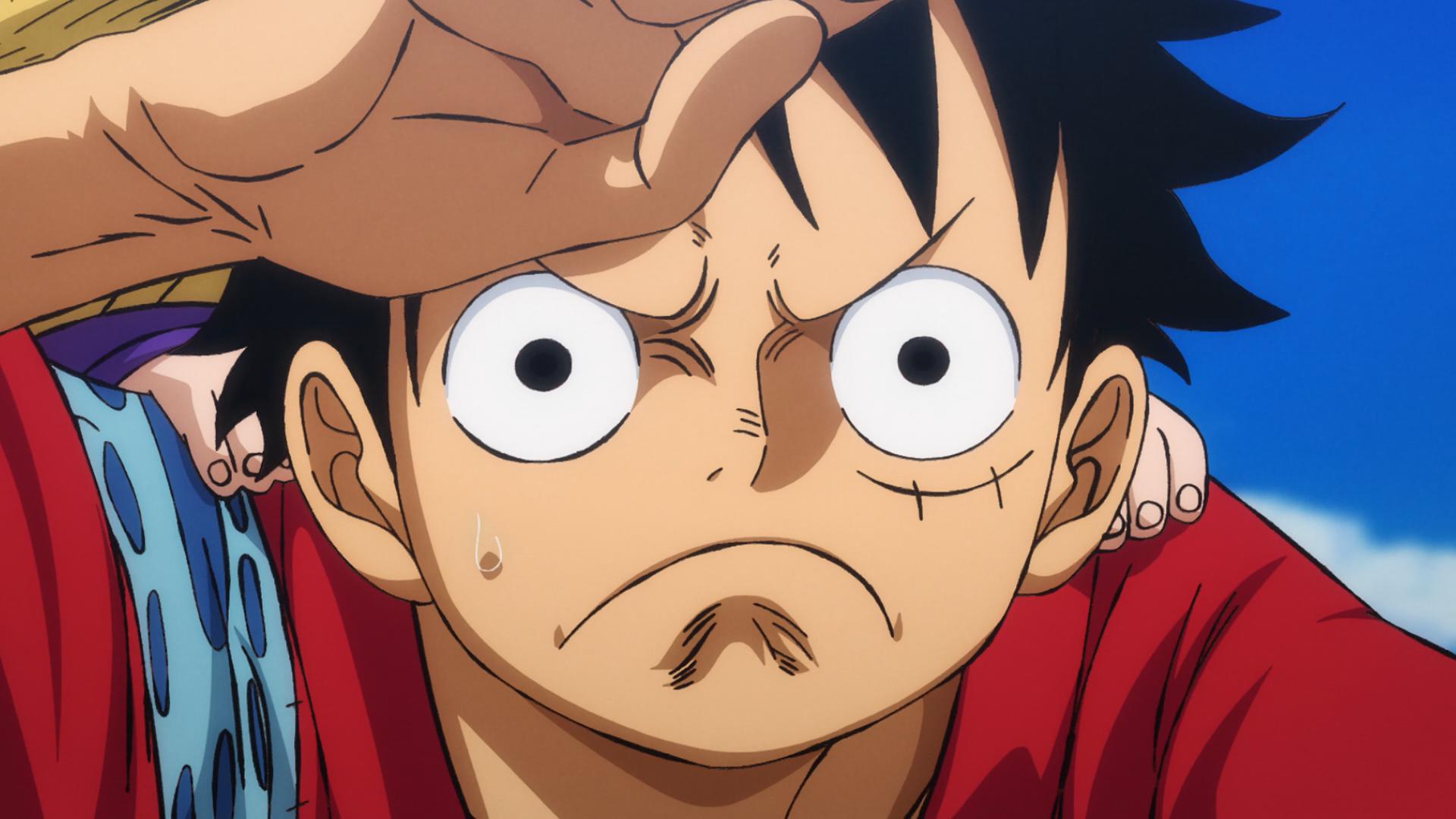
A flat character is someone who does not undergo any significant character development. They are well-rounded characters by themselves, and their existence creates contrast and highlights other characters by being around them. At first glance, many fans may consider Luffy a flat character because he always remains cheerful and carefree. He rarely reminisces about past events or second-guesses himself.
While facing any problem, he has a straightforward approach—he will jump right into it without any planning. Unlike other protagonists who face identity crises, moral dilemmas, or self-doubt, Luffy seems to know exactly who he is and what he wants from life. His goal from the beginning of One Piece remains the same: he wants to become the Pirate King and find Gol D. Roger’s treasure.
Most of the time, he gets bored, avoids philosophical discussions, and is visibly uninterested in such conversations. Also, his consistent personality and motivations can make it seem as if he lacks growth or complexity.
Luffy’s Consistent Personality
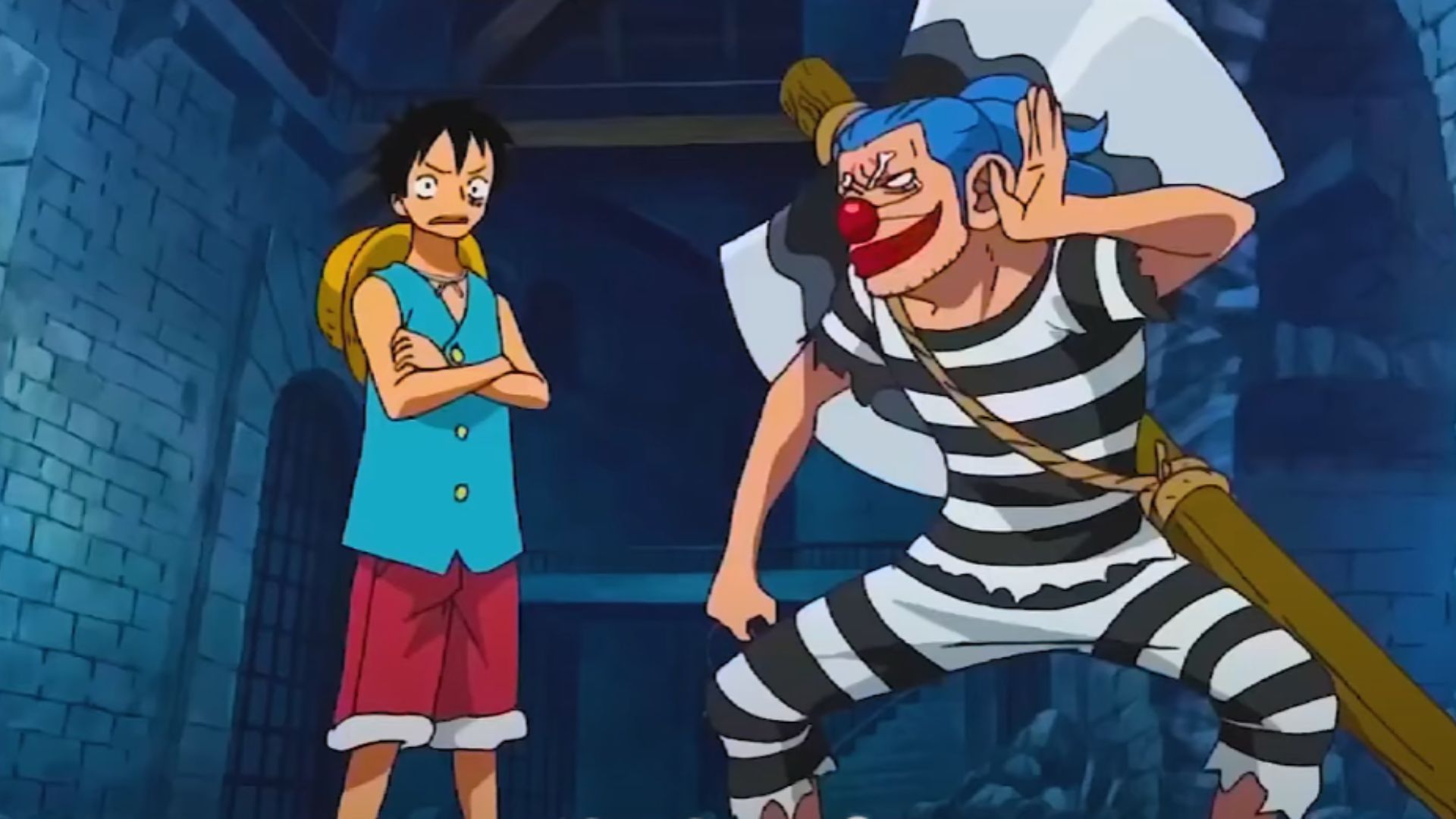
From his introduction in Chapter 1, we know Luffy is going to be a meat-loving and adventure-seeking pirate who does not care about becoming the hero of the story. It is his unwavering nature and determination to reach his goal that make him different from other characters.
What makes him unique is that while his core personality remains the same, his understanding of the world evolves. Throughout this journey, he gains a deeper sense of responsibility toward justice. His story is different, as it is not about learning about himself but rather proving to the world that the way he chooses to live can withstand any situation he faces. He proves to the audience time and again, that his growth will never come at the cost of sacrificing his carefree nature.
At no point does he undergo a major shift in his beliefs. However, he experiences pain, loss, and hardship, which the Marineford arc reflects when he loses Ace in the war. This just helps him become a stronger leader and emotionally more mature.
Understanding Luffy’s True Growth Through Action, Not Words
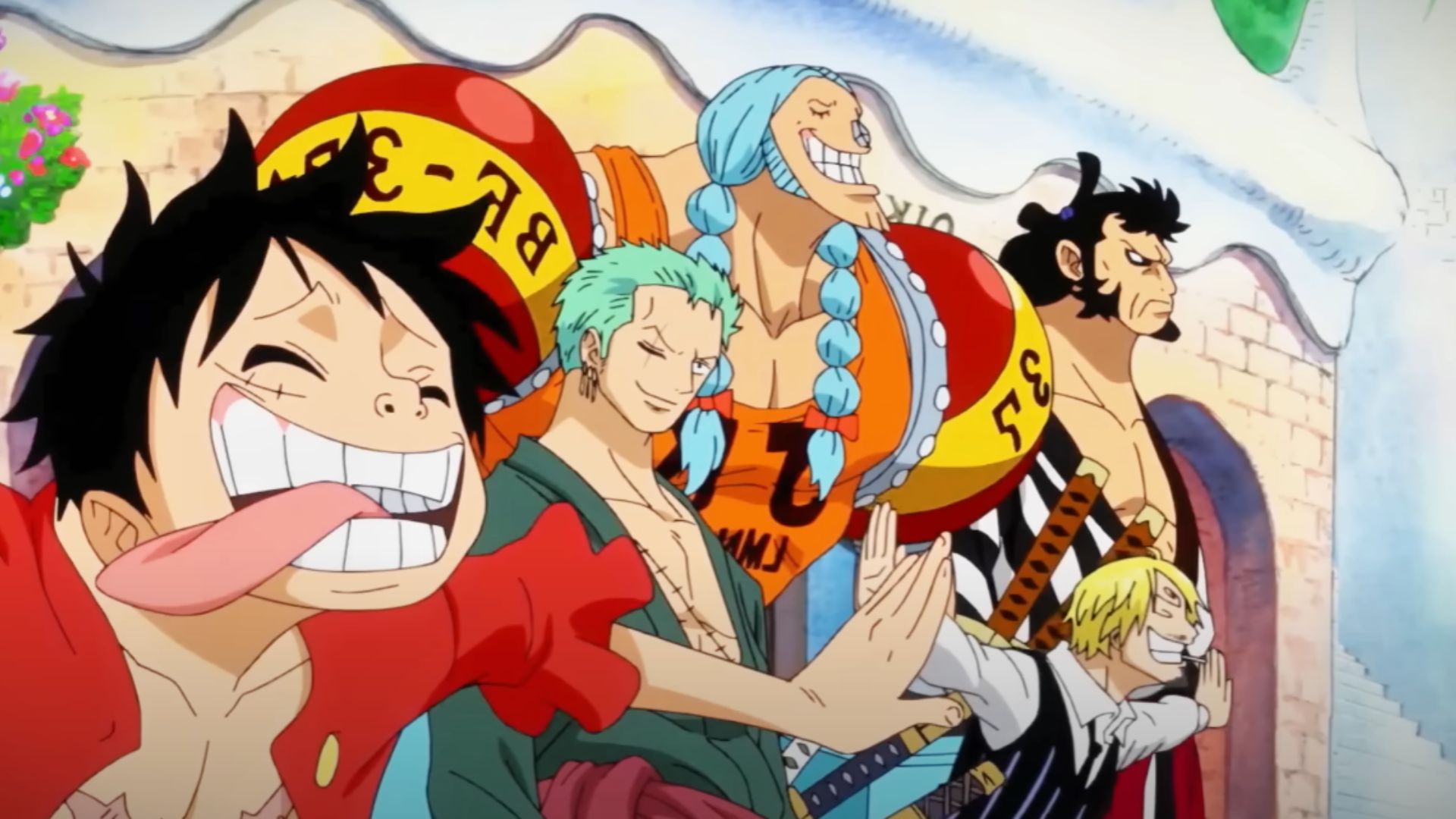
One of the biggest reasons his character development is easy to miss is that he expresses it through actions rather than words. He skips the long monologues and emotional speeches by sticking to the point and charging ahead at full speed. Therefore, we should see his emotions and growth through what he does rather than what he says.
For example, during Arlong Park, Luffy never gives Nami a speech about bonds or tries to console her. He simply puts his precious Straw Hat on her head and goes ahead to fight Arlong without a second thought. Another instance is during the Alabasta arc—he does not try to calm Vivi with a personal monologue; he keeps fighting Crocodile until he secures victory. Every major turning point where Luffy decides to do something is marked by his impulsive behavior rather than introspection.
One Piece has taken a different approach in showing us a more organic form of character development by choosing to focus on actions. We see a character not wasting any time in choosing to do what is right. From all these experiences, he has become a better leader to his crew. He has the ability to not only work toward achieving his goal but also help others reach theirs. Even if he feels emotionally broken or physically exhausted, he never gives up on something he sets out to achieve.
The Subtle Layers of Luffy’s Character Development
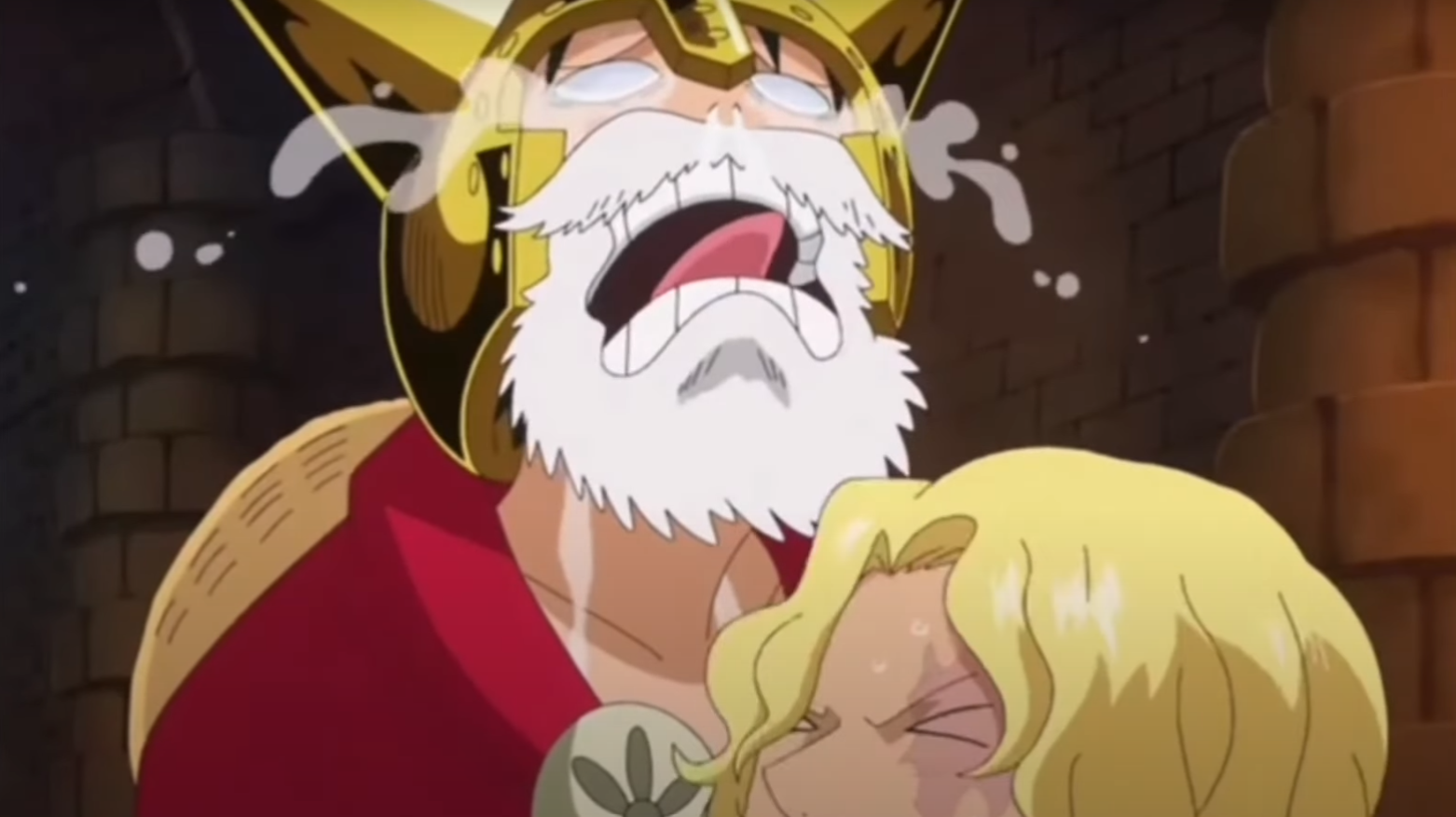
One of the biggest moments of growth he went through came after the Sabaody Archipelago incident, where he felt helpless as a captain as he watched his crew disappear. He was powerless to stop the Pacifistas and the Marines from separating them, forcing him to realize his weakness. Later on, during the Marineford incident, he suffered the loss of his brother Ace. Until now, the story always pushed forward without fear or suffering. But after this arc, for the first time, we could see his character experience true despair.
It is significant for him because we can see Luffy being vulnerable—something that has not been explored before. His breakdown on Amazon Lily is one of the most heartbreaking moments as the realization hits him that he is not strong enough to protect everyone he loves. This event forced him to recognize that one cannot overcome every situation without having strong willpower and leaving it to luck. Luffy now has to become stronger, not just for himself but for his crew.
He became a little patient and did not want instant results. Luffy trained for two years, understanding that his current power level was not enough to face the threats ahead. His confidence remained strong, but now it was balanced with wisdom and experience. Now, he is not just a reckless fighter but a true captain.
Luffy’s Leadership Journey
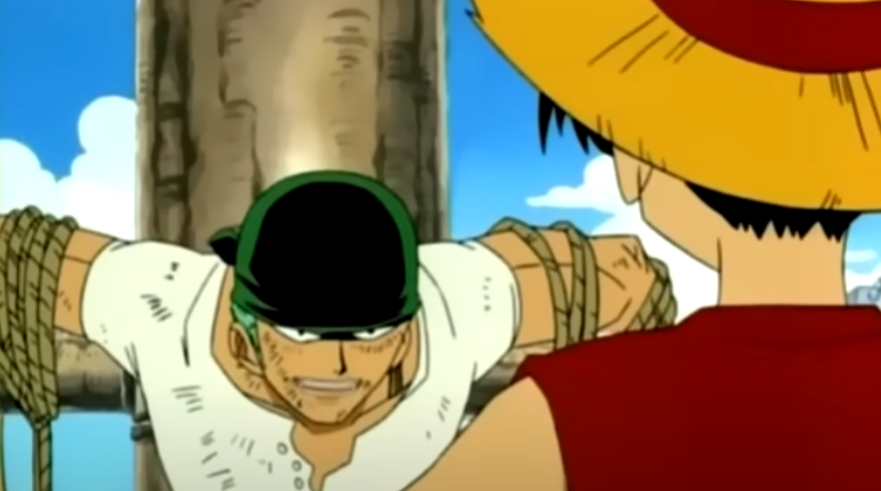
Luffy becoming a better leader is his biggest character development in the series. At the start, he is just an individual with a dream. He just followed his instincts in gathering his crew, with the exception of Zoro, whom he planned to recruit, and he went on adventures impulsively. As the story progresses, we see that he begins to understand the importance of his responsibility.
During Water 7 and Enies Lobby, his fight with Usopp over Going Merry is the first time we see Luffy struggling with being a leader. He did not want to fight Usopp, but he chose to indulge it. As a captain, he needed to make sure that he did not lose the respect of the other crew members.
Similarly, in Whole Cake Island, Luffy has to make a difficult choice to leave Sanji behind. He trusts that Sanji will return once he is ready. These moments showcase how Luffy has matured as a captain, learning to balance his personal feelings with his responsibilities.
The Role of Conflict and Adversity in Shaping Luffy’s Depth
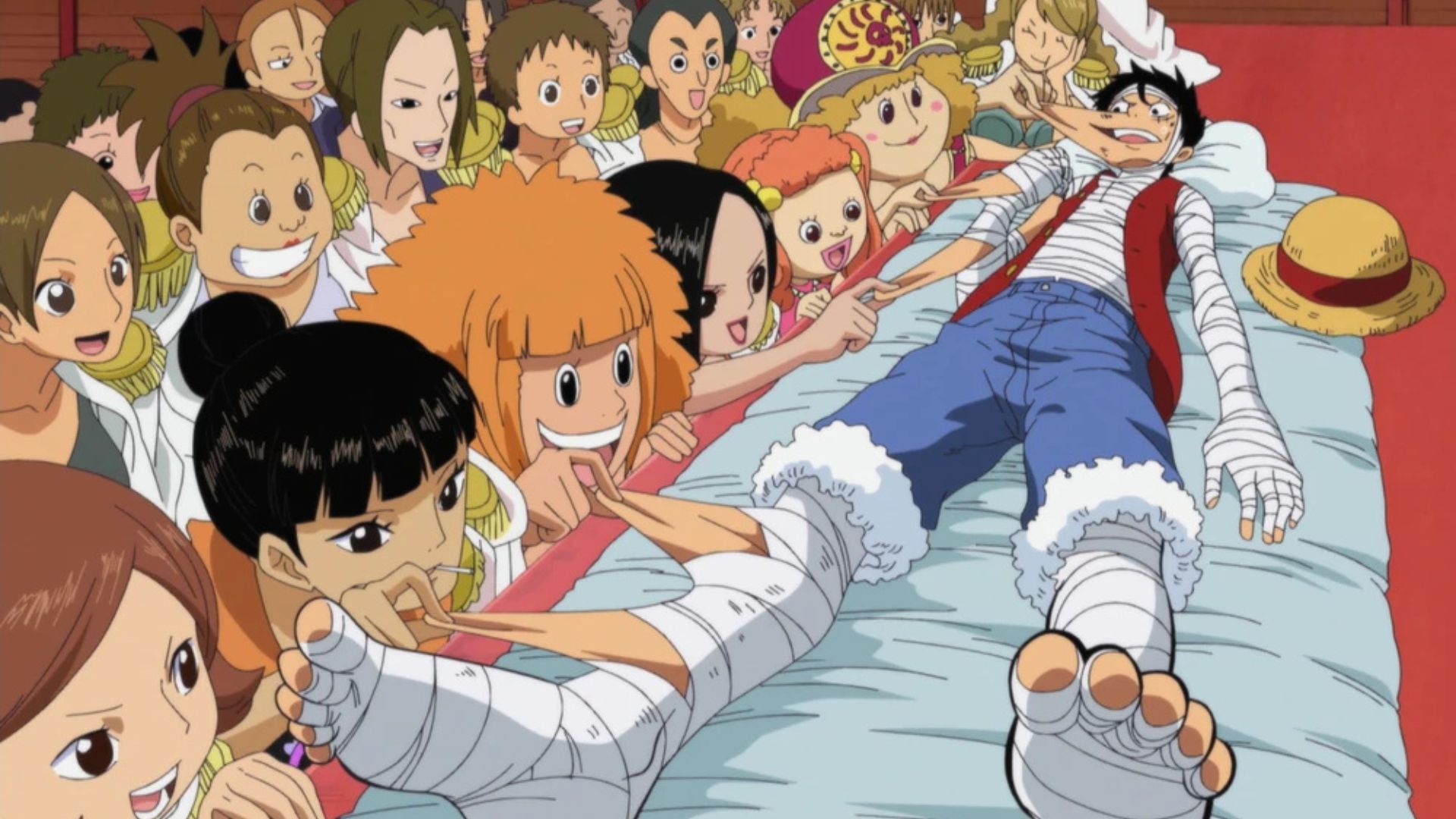
Oda has given Luffy character development by making him face conflicts and hardships. Each major arc introduces a new challenge that forces him to grow physically stronger and emotionally mature.
Every time Luffy faces a powerful enemy, he is pushed to his limits. He has to learn new ways to use his power and figure out a way to not let his weakness lead him to lose. Whether it’s defeating tyrants like Kaido or Doflamingo, he will always keep pushing himself and come up with different strategies to win.
Luffy never shows up with the mentality of being a savior. He gets dragged into situations where his friends are involved or because he sees injustice. He acts solely with his sense of right and wrong. As of now, after witnessing the world, he is more aware of acting out.
Conclusion
Luffy might seem like a simple and flat character, but he’s not. He grows, he changes, he learns—he just does it his way. The best part about this character is that Luffy is trying his best to become the Pirate King without trying to be like someone else. As a leader, he is inspirational; as a friend, he is loyal; and as an adventurer, he embodies the true spirit of a pirate.
Looking For More?
Thank you for reading the article. We provide the latest news and create guides for Baldur’s Gate 3, Starfield, ARK Survival Ascended, and more. Also, watch Deltia play games on Twitch or visit his YouTube channel!
 Reddit
Reddit
 Email
Email


